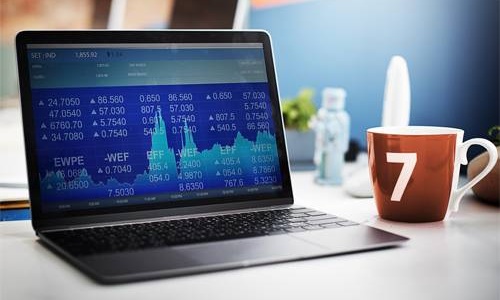As per the World Gold Council if an investor in India had their investment in Gold from December 1980, 2000, or 2015, and remained invested until 2022, that person would have earned annualized returns of 8.64%, 11.84%, and 11.43%, respectively.
India, being the world’s largest importer of gold, places significant pressure on the current account due to its gold imports. To alleviate this pressure on the current account, the Government of India introduced sovereign gold bonds.
(SGB) Sovereign Gold Bonds series-2 are investment instruments, rated sovereign and thus that carry no credit risk and offer an interest with the capital appreciation. Investors in these bonds receive a guaranteed 2.5% interest per annum on their investment, paid semi-annually. What makes these bonds even more attractive is the exemption from capital gains tax for investors who hold them from the primary issue until maturity.
Here are some key features of Sovereign Gold Bonds:
Duration: The bonds have a fixed tenure of 8 years, with an exit option available after the 5th year from the date of issue.
Maximum Bid Quantity: Individuals and Hindu Undivided Families (HUFs) can bid for up to 4 kg, while trusts have an allocation of up to 20 kg.
Discount for Digital Transactions: The Government of India, in collaboration with the Reserve Bank, offers a discount of ₹50/- per gram less than the nominal value to investors who apply online and make the payment through digital modes.
Being listed on the stock exchanges, this provides ample liquidity to the investors. One can also use these bonds as collateral against loans.
SGBs not only provide a safe and convenient way to invest in gold but also offer attractive interest rates and tax benefits. For investors looking to diversify their portfolios and reduce the reliance on physical gold holdings, these bonds present a compelling opportunity.
It’s essential to consult with financial advisors or experts before making any investment decisions to ensure they align with your financial goals and risk tolerance.
Disclaimer:
"Investment in debt instruments carry inherent risks, these are our opinions and we
advise prudence while taking any investment decision"




